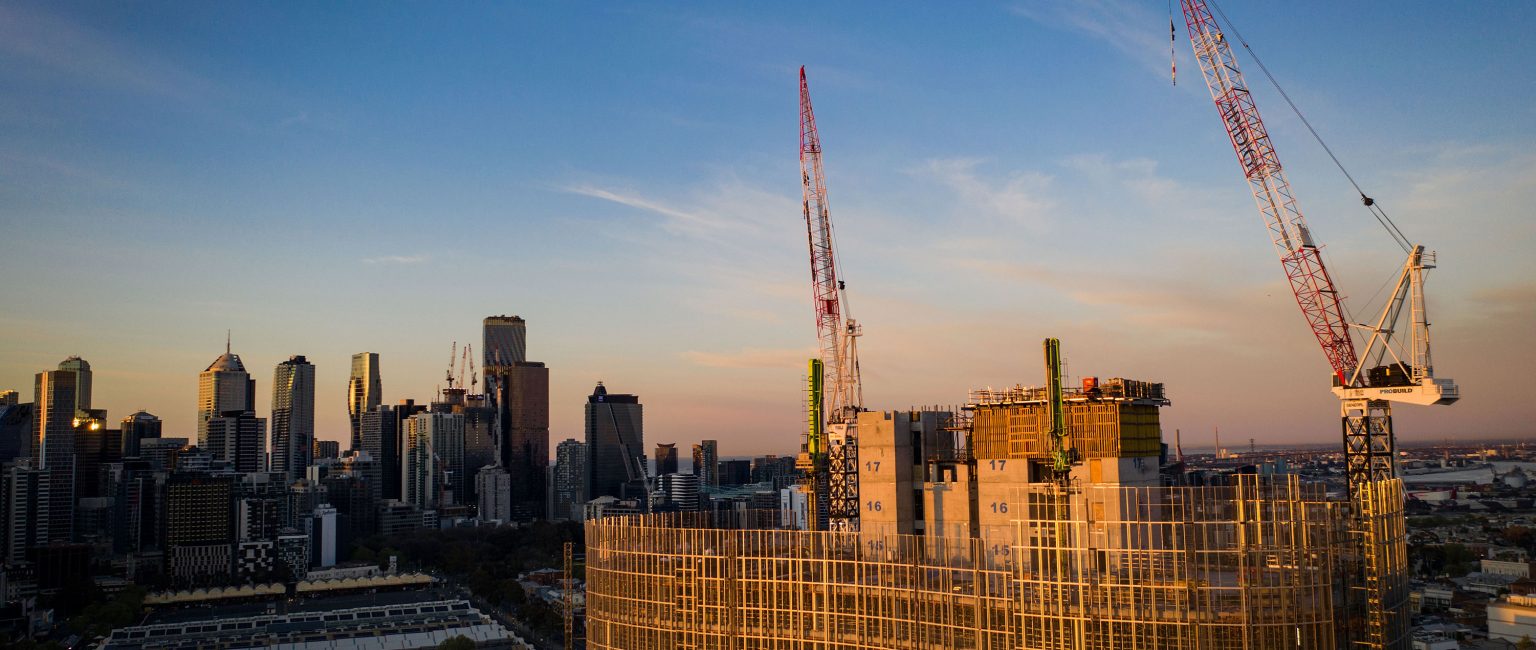Development activity set to slow as demand for sites plummets

After smashing records in 2021, this year development activity has started to slow. And if the number of development sites currently selling is any indicator, we are likely to see activity fall further.
Last year saw an unprecedented level of new developments commence as the cheap cost of debt collided with government grants, in what builders have termed ‘the unprofitable boom’.
The scene is now starting to shift. Over the first half of this year, sales of land and development sites sunk to the lowest level seen since 2013, according to Real Capital Analytics.
The total value of development sites sold was 24% lower over the first six months of this year compared with the same period in 2021, while the total number of sites was a whopping 63% lower.
Evidence of slowing demand from developers has likewise been seen on realcommercial.com.au, where searches to buy land and development sites have been trending down since mid-2021.
What’s more, among those searching to buy, the total proportion looking specifically for development sites fell to the lowest level on record during the June quarter.
These declines are not surprising given the multitude of headwinds the construction industry currently faces. However, the speed and magnitude at which demand is dropping is likely to have ramifications several years down the track.
In addition to surging building costs and timelines, rapidly rising interest rates are contributing to the reduction in demand.
Historically, periods of interest rate rises are typically followed by a slowdown in the commencement of new development projects. But while we are already seeing a slowdown in the acquisition of new development sites, this time around the slowdown in construction activity is likely to have a longer lag.
Developing takes time. From site acquisition to development application and approval, to actual construction, it’s typically a multi-year process.
Last year saw the highest value of new buildings approved across both residential and non-residential, according to ABS data. While approvals have since slowed, this pipeline of projects will bolster construction activity through until at least 2023.
For this reason, the impact of the slowdown in the demand to develop is unlikely to show up until after this time.
Residential property is the primary driver of development activity, accounting for around 60% of the value of buildings approved. In addition to the rising costs and risks associated with construction and sourcing capital, the period of white-hot price growth seen over 2020-21 has well and truly come to an end.
Developing in a declining market makes less sense than in a growing market. Ongoing stories of construction companies falling over are serving as another deterrent.
Westpac’s consumer sentiment index has trended consistently downwards over the last seven months and is now sitting at recessionary levels. Business confidence has also deteriorated to below long-term average levels, with the construction industry seeing the weakest business conditions, according to NAB.
Weakening confidence among businesses and consumers is associated with lower development. Should the demand to develop remain subdued, this will have implications for supply down the road – across both the residential and commercial real estate markets.







